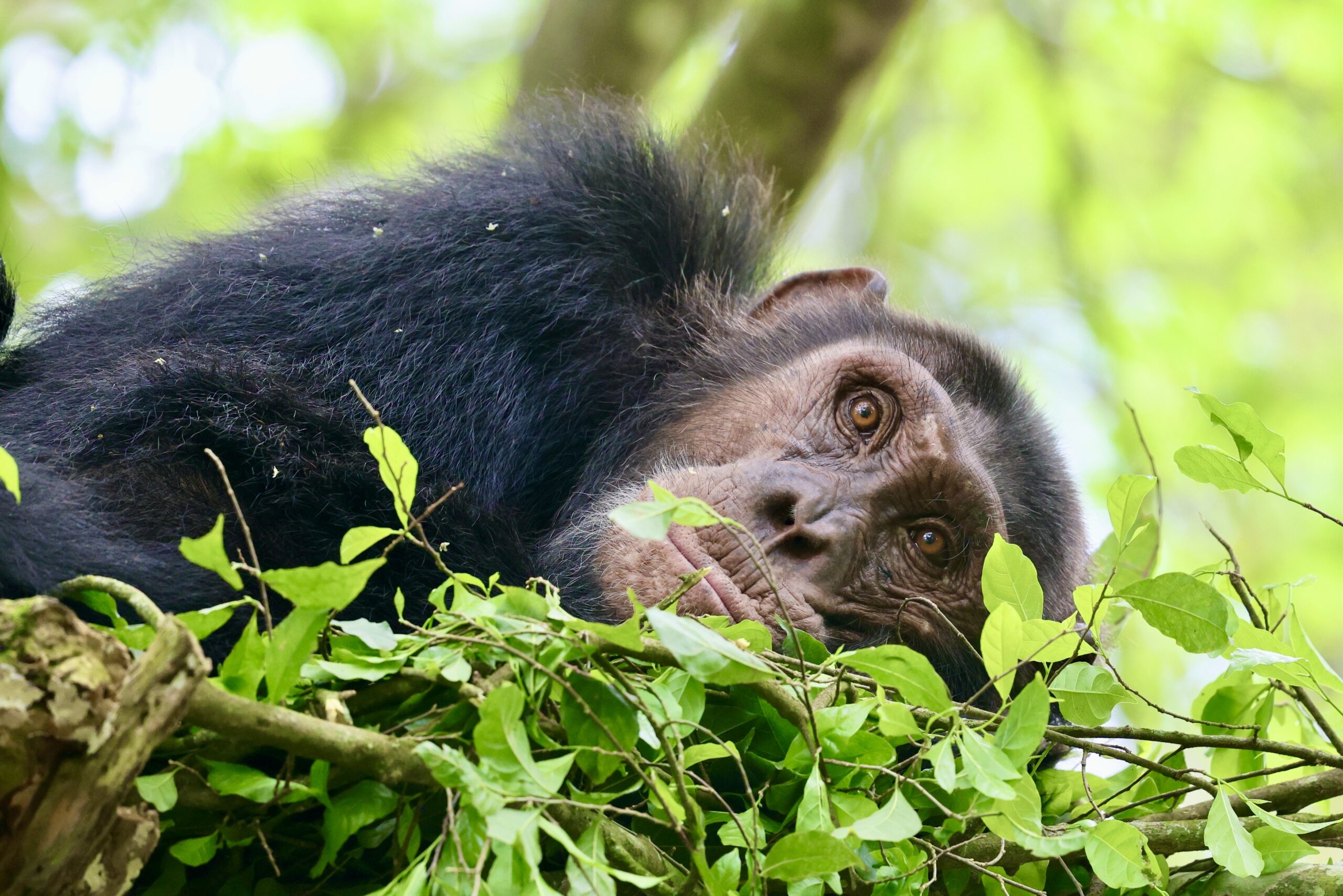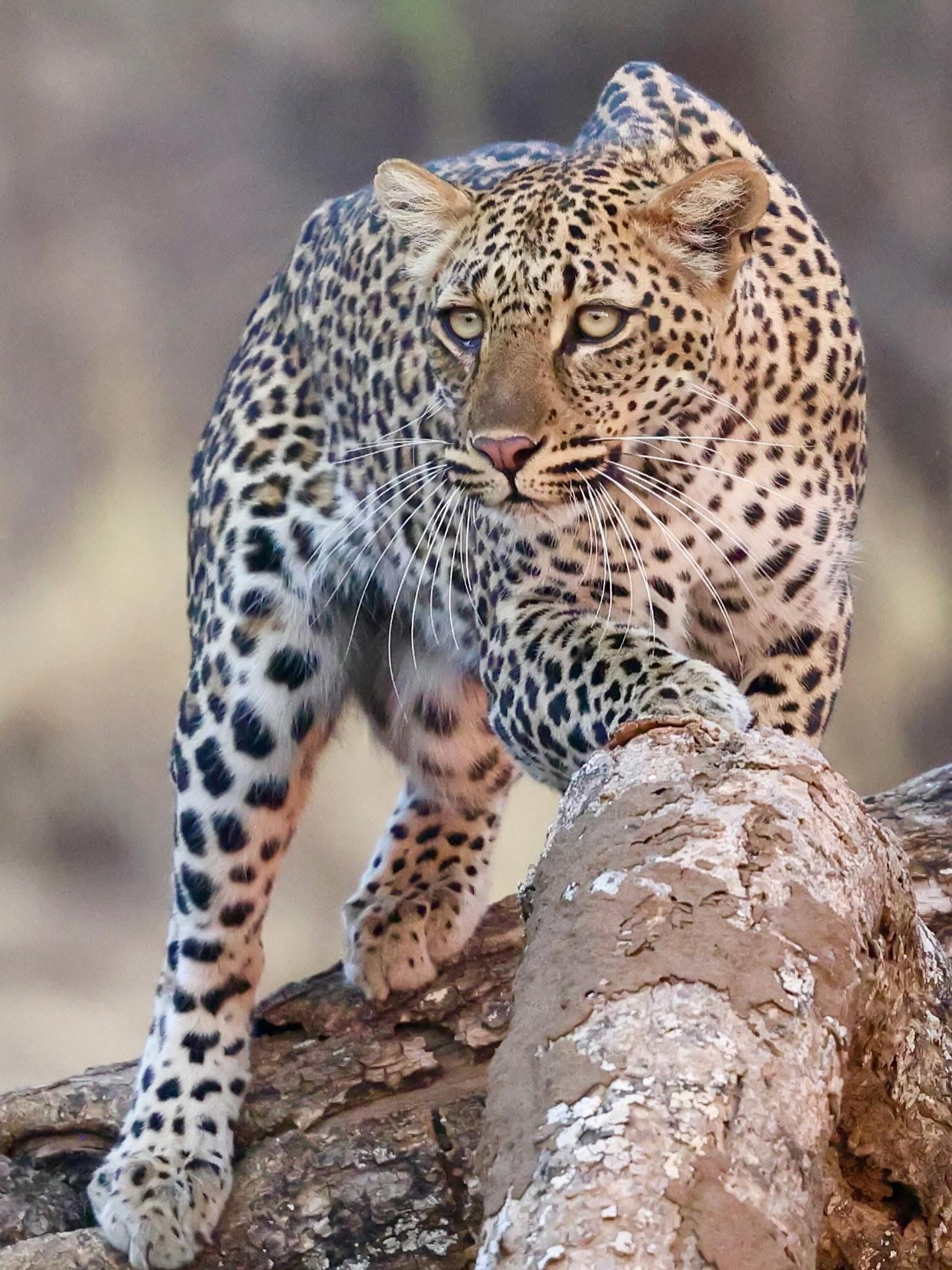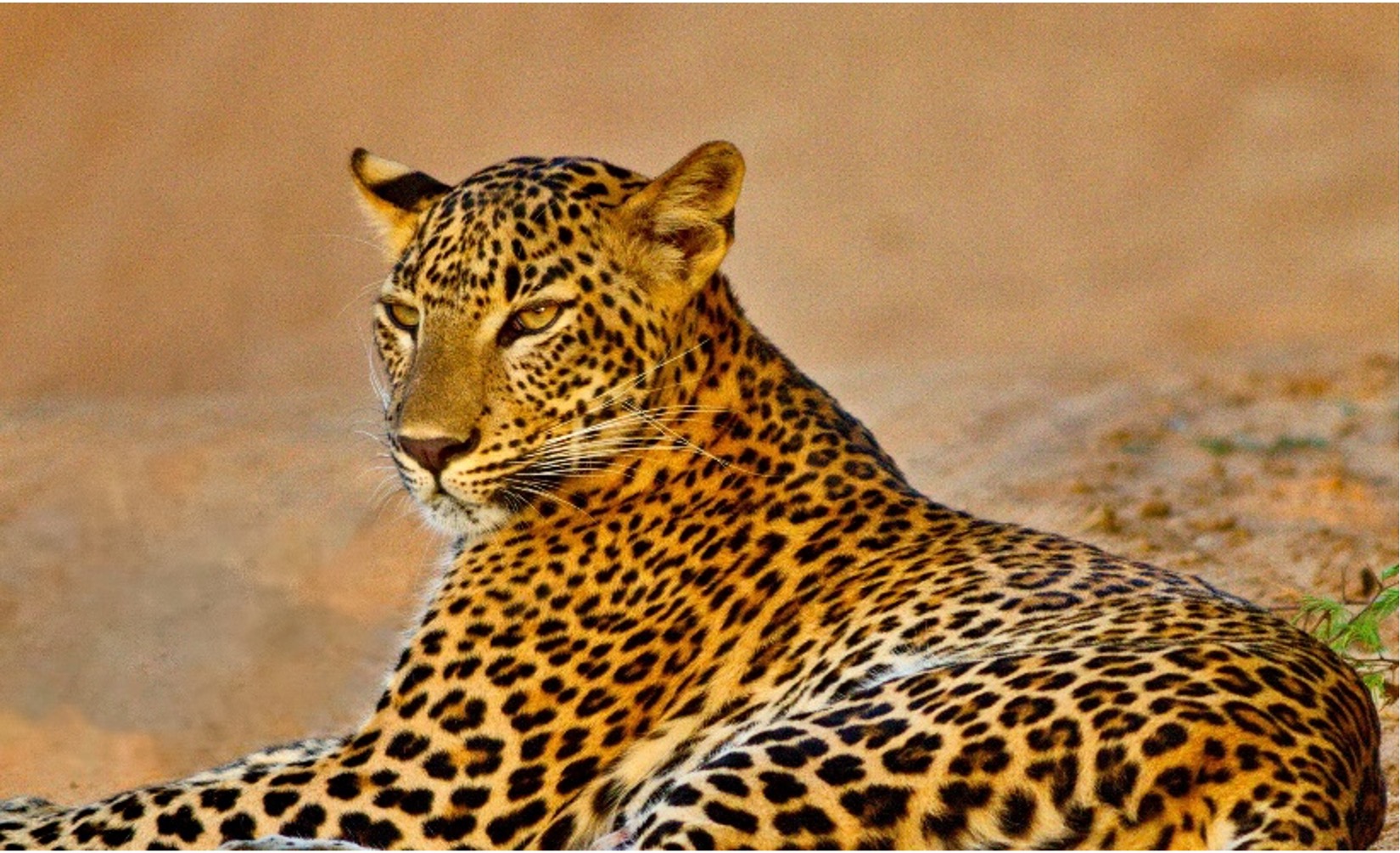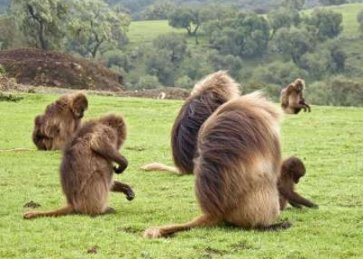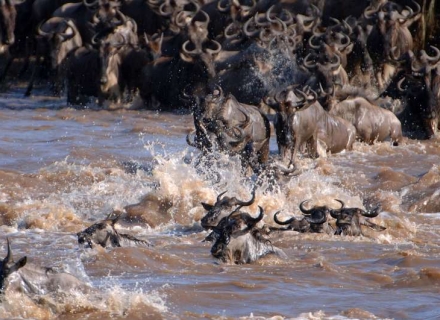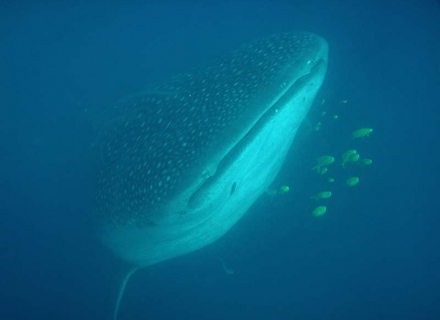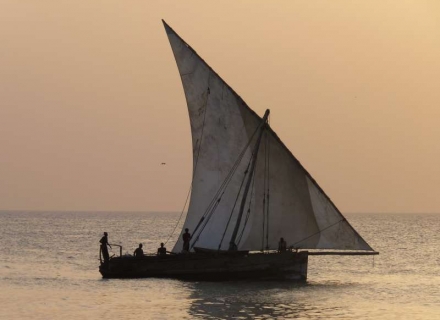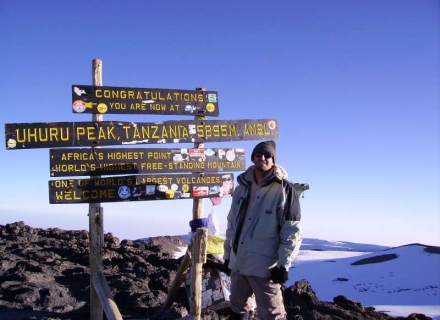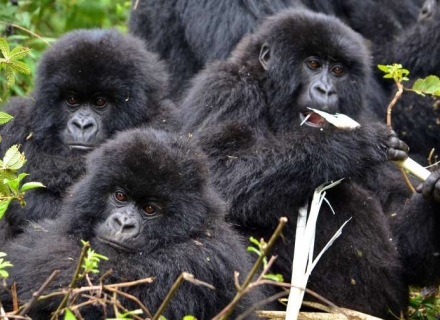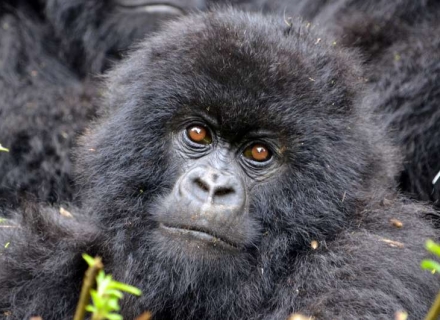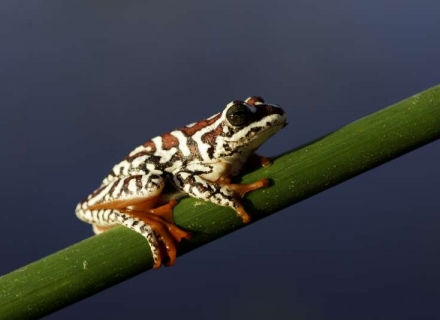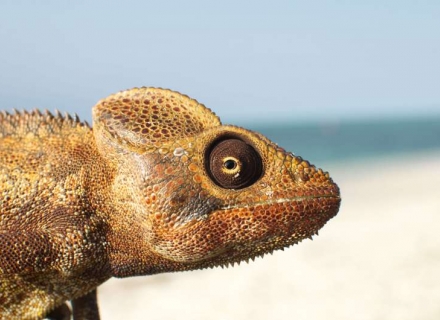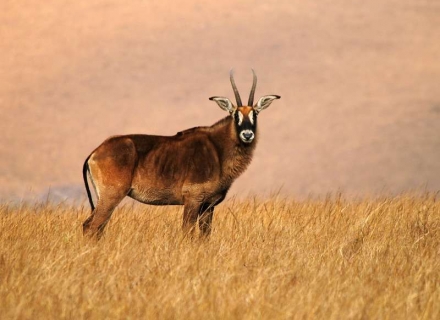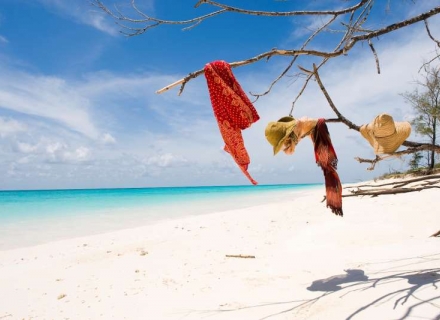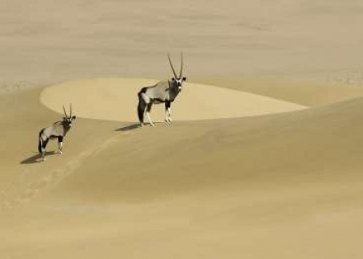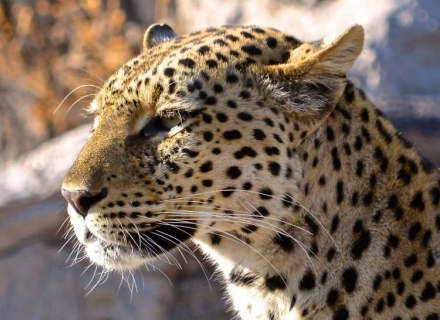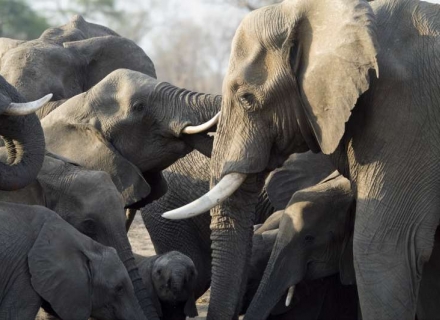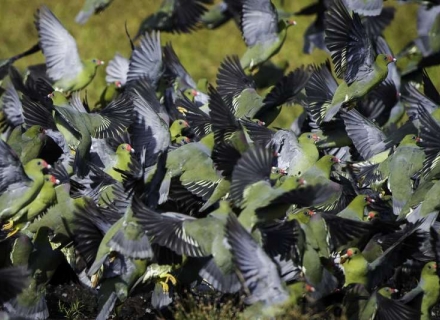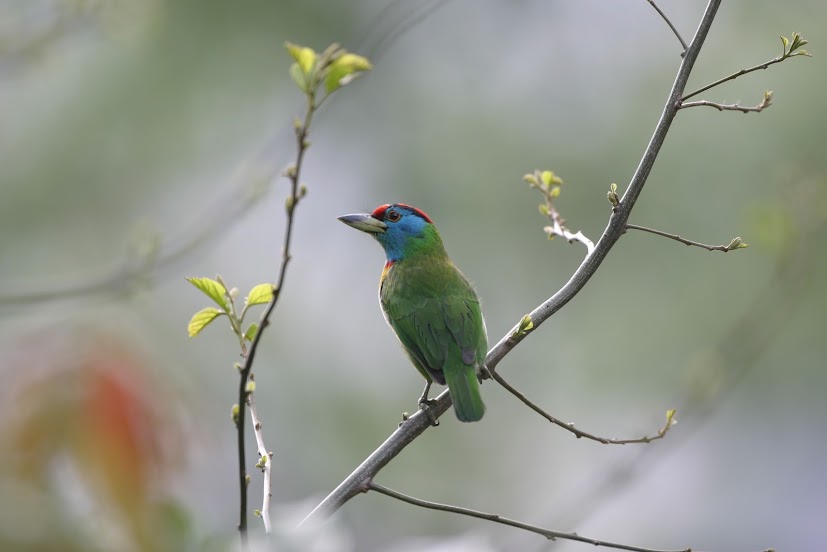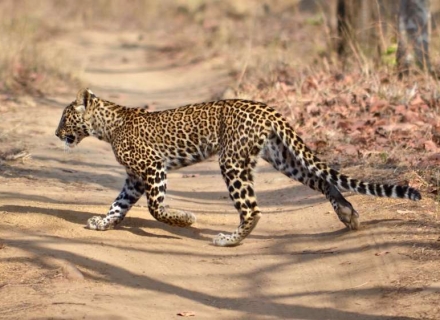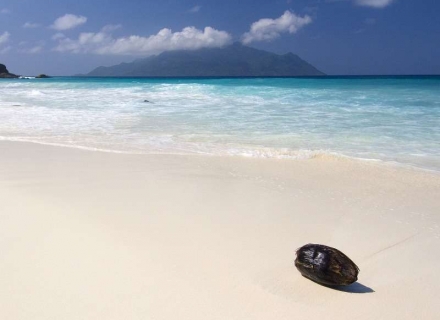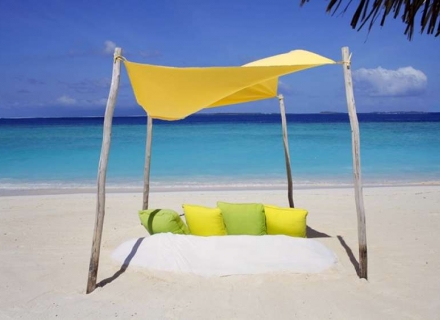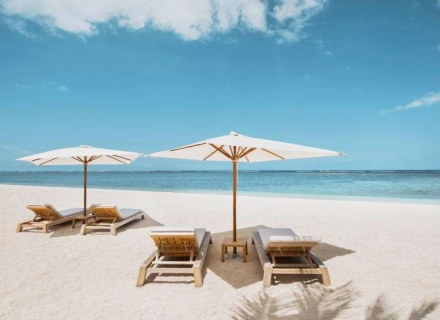Tanzania
May is the beginning of the cool season with rains getting lighter towards the end of the month marking the beginning of the dry season. Game drives are little affected by the light rains in the north. It is still very green with blooming wild flowers and there is plenty of water and grass. May is the best time for viewing migratory animals and predators in the central and western Serengeti areas. As the rains give way to drought the migratory animals start fanning out from central Serengeti heading southwest, north or west in search of water and greener pastures. Airstrips and most tented camps in Selous, Katavi, Ruaha, Gombe and Mahale in the southern and western Tanzania remain temporarily closed. A few beach resorts close. All the game parks offer excellent bird watching in May with many species of colourful birds commonly seen during this season.
Rwanda
By mid May the rain has stopped and the dry season starts. May is a good month for water sports (swimming, kayaking) on the Lake Kivu beach, and walking, biking on the Congo Nile Trail which goes along Lake Kivu. Rwanda hosts the International Peace Marathon with both local and worldwide participants during May.
Uganda
May falls into the wet season in Uganda and the price reduction on Gorilla trekking permits still remains. The green season is excellent for photographic opportunities as the flora flourishes and everywhere is very green. May is good for cat and young animal sightings in the parks and reserves.
South Africa
Head to: The Kruger National Park and surrounding private game reserves. This is the start of the colder months when game viewing is at its best. The Kruger remains beautifully warm (while the rest of country is hauling out their winter woolies, you’ll still wear t-shirts and shorts) at this time of year. It’s the dry season and wildlife is easier to spot, there is little to no rain, and it is low season (no crowds!). Also head to Kgalagadi Transfrontier Park and Hluhluwe-Imfolozi.
Avoid: nowhere, the entire country is at its best.
Botswana
This is generally when the annual flood starts to arrive, pumping water down from Angola into the channels of the Okavango Delta which can take a few months to reach the main river sources. The sudden arrival of many Wattled Cranes in the Okavango Delta is often an indication that the floodwaters are not far off, as is the sudden gathering of Storks, Herons and Egrets. These birds gather to feed off the insects and other creatures the flood throws up as the water moves slowly over the dry ground.
May also marks the start of the zebra migration from the Nxai / Makgadikgadi Pans. As the pans start to dry up, the zebras move in search of water to the nearest river source which runs through the Makgadikgadi National Park.
Malawi
May is a transitional month after the rains and in Liwonde National Park, many herds of elephant slowly start returning to the Shire River, which becomes the only major source of water in the park as waterholes dry up. Impala herds start to challenge each other over territory in preparation for their mating season in late May/early June.
The weather starts to get considerably cooler in May and the clarity of the air reduces. The country starts to rapidly dry out. Temperatures on the Nyika start to reduce rapidly.
There are more waves on the lake at this time and gentle breezes are common. Local fishermen reduce their activity.
Namibia
Dry, winter season. Less vegetation. Naturally occurring waterholes dry up, so animals congregate around boreholes and man-made waterholes. Virtually no clouds, so great for star-gazing. Kalahari Truffle season – these are the fruiting bodies of a fungus and bear a close relation to desert truffles found in Iran, Croatia and Australia. They are a different species to the European truffle, but are a local speciality: the only evidence that they are lurking beneath the surface is a small crack in the soil! Fish River Canyon hike is open. Great game viewing in the Etosha National Park, including Elephants, Rhino, Plains Game etc.
Zambia
Wild dog still regularly seen and also lion and leopard. Excellent month to see elephant crossing the river like in the iconic ‘africa’ photos.
Cool mornings and evenings, days are mild to warm.
Pretty much all Zambian camps are open as the tributaries allow vehicles to cross again in the South Luangwa National Park.
Zimbabwe
Cool climes, great prices! May and June are the start of Zimbabwe’s winter months with the bush starting to clear making game viewing better. Game viewing will be excellent in Mana Pools National Park (Vundu and Kanga Camps), the Main Camp region of Hwange National Park and Gonarezhou. May and June are the start of the denning season for the African Wild Dogs offering the chance to view dens and puppies.Visiibility of Victoria Falls starts clearing with a good flow of the Falls – a fantastic time to view them.
Republic of Congo
As the end of the first-rainy season draw closer the camps open for the start of the new season. Sitatunga sightings are good in the bai’s around Lango and as water levels start dropping after the rains. Palm Nut Vultures patrol the waterways for trapped fish. Afternoon showers often roll in with only a few minutes notice but disappears as soon as they appeared, leaving clear skies behind, ideal for star gazing.
India
May is one of the best times in the year for photographing big cats. Parks are mostly dry with limited water sources and there are many photographers. Parks in the northeast are closed as monsoon hits them around this time of the year and there is incessant rainfall making safaris impossible.
Weather is now officially hot with temperatures ranging from 45°C to 35°C. Most people avoid visiting national parks and avoid outdoor activities. If traveling during the summer months, make sure you are carrying enough water, as dehydration is a big problem. Parks are dusty and all water based safaris (canoe or boat) stop operation as water levels become quite low and chances of getting trapped especially in rivers that are teaming with crocodiles is quite high. Many locals travel in May and June.
Nepal
May is one of the best times in the year to photograph big cats. National Parks are mostly dry with limited water sources but there is incessant rainfall making safaris difficult.
Weather is now officially hot with temperatures ranging from 38°C to 40°C. Humidity can go up to 90%. If traveling during the summer months, make sure you are rehydrating all the time.
Sri Lanka
In May good numbers of elephant can be observed at Udawalawe. As water levels in the dry zone begin to decrease the elephant numbers in Minneriya / Kaudulla national parks should start to increase. The open terrain in Minneriya / Kaudulla provide better opportunities for observing elephant behaviour.
May is one of the better months for viewing leopard in Yala as conditions should be predominantly dry and visitation is low with the exception of the local holiday period in May. Wilpattu is also drying and sightings should be good. Chance encounters are also possible at Kumana where there are hardly visitors, however the leopards may be less habituated.
As the Palu fruit ripens, day time sightings of sloth bear tend to peak in Yala. At Wilpattu sightings of sloth bear on the main road increase as the dry season intensifies between May – early October. Chance encounters in Kumana would also be possible due to the Palu fruit season.
Concentrations of mugger crocodiles in the waterholes increase as the water levels decline in Yala and Bundala. It is not uncommon to see 30+ individuals at Buttuwa wewa or Koma wewa. Chance encounters of estuarine crocodile is also a possibility in Bundala.
A good variety of resident bird species can be observed in most of the larger dry-zone national parks. Sightings of endemic birds should remain consistent in the lowland rainforests and highlands. Conditions can be wet due to the arrival of the south west monsoon. Be prepared for more leeches.
Seychelles
March, April and May tend to be the hottest months in the Seychelles and some of the best times to visit. The temperature in May averages about 30 celsius. The seas are still nice and calm making for great snorkling, diving, fishing and island hoping between the 115 islands.
Although diving is a year round activity in the Seychelles the best all round underwater conditions can be found during April-May and October-November, when visibility can top 30 metres and the water temperature can be as high as 29C.
South Easterly wind begins to blow. It starts to get slightly cooler as the wind kicks in. The slightly breezier conditions make it ideal for hiking, Surfing and windsurfing.
May – September is the nesting season for Sooty terns and many other birds.
+44 1984 667420 or sue@trackssafaris.co.uk
Our expert staff are on-hand, happy to assist with any enquiry you have.

